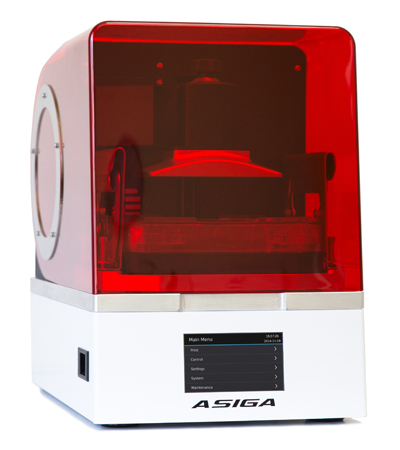The Evolution of 3D Printing: A Focus on Resin-Based Technologies
Since the invention of 3D printing over three decades ago, the industry has undergone significant transformation. Initially dominated by large, laser-based stereolithography (SLA) printers, the market has expanded to encompass many printing technologies and resins. When examining resin-based printing technologies, they can be broadly categorised into the following types:
•SLA (Stereolithography)
•DLP (Digital Light Processing)
•Jetting
•MSLA (Masked Stereolithography)
While other technologies, such as Xolography, BCN3D’s Viscous Lithography (VLM), and Cubicure’s Hot Lithography, may become mainstream, the above four remain the most prevalent.

Is MSLA the Same as DLP?
In short, no, MSLA is not the same as DLP, although they share several similarities. Both technologies typically feature a light source positioned at the bottom, exposing the resin through a transparent window, and a build plate that moves upwards (although some top-down DLP systems exist).
Differences Between MSLA and DLP Resin 3D Printers
The primary difference between MSLA and DLP lies in how the image is projected onto the transparent window holding the resin. In DLP printers, a single point of light projects the image using a Digital Micromirror Device (DMD) chip, similar to a movie projector. This projector, modified for 3D printing, typically uses LEDs with 405nm to 385nm wavelengths. The advantage of DLP is its ability to focus light precisely on the resin layer, which can be beneficial for curing. However, DLP projectors are often more expensive, and the pixel resolution is limited, with some printers allowing the projector to be visible.
Conversely, MSLA uses an LCD screen and multiple LEDs spread across the build plate. Compared to DLP, this setup simplifies construction and alignment, and the components are more readily available and competitively priced. While most DLP projectors are limited to 4K resolution, MSLA printers often offer 8K resolution. The downside of MSLA is that the LCD screen projects a sharp image at the surface but loses some accuracy as the light travels a few millimetres to reach the resin.

DLP and MSLA Compatible Resins for 3D Printing
At Monocure3D, we offer a diverse range of resins suitable for DLP, MSLA, and even daylight-based printers operating at wavelengths of 450nm-460nm. If you need assistance with resin 3D printing settings for your printer, please get in touch with us at [email protected].
Conclusion
The advancements in 3D printing technologies have significantly broadened the possibilities for resin-based printing. Understanding the nuances between MSLA and DLP can help users select the best technology for their specific applications, leveraging the strengths of each to achieve optimal results.